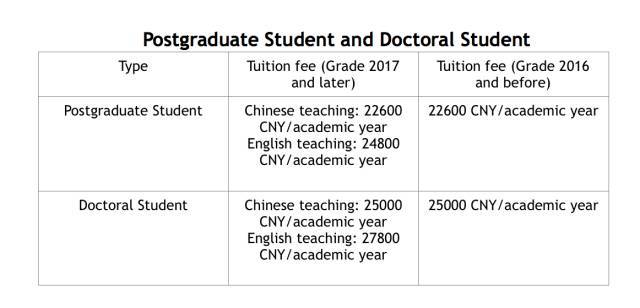Understanding Loan Limits for Student Loans: What You Need to Know for Your Education Financing
#### Loan Limits for Student LoansWhen it comes to financing your education, understanding the loan limits for student loans is crucial. These limits determ……
#### Loan Limits for Student Loans
When it comes to financing your education, understanding the loan limits for student loans is crucial. These limits determine how much money you can borrow to fund your college education, and they vary based on several factors, including the type of loan, your year in school, and whether you are considered a dependent or independent student.
#### Types of Student Loans
There are primarily two types of student loans: federal and private loans. Federal student loans, which are funded by the government, typically have lower interest rates and more flexible repayment options compared to private loans. Within federal loans, there are different categories, including Direct Subsidized Loans, Direct Unsubsidized Loans, and PLUS Loans, each with its own loan limits for student loans.
#### Federal Loan Limits
For the 2023-2024 academic year, the loan limits for student loans are as follows:
1. **Direct Subsidized Loans**: These loans are available to undergraduate students with demonstrated financial need. The maximum amount you can borrow varies by your year in school:

- Freshman: $3,500
- Sophomore: $4,500
- Junior and Senior: $5,500
2. **Direct Unsubsidized Loans**: These loans are available to both undergraduate and graduate students and do not require proof of financial need. The limits are higher:
- Freshman: $5,500
- Sophomore: $6,500

- Junior and Senior: $7,500
- Graduate Students: $20,500
3. **PLUS Loans**: Parent PLUS loans are available to parents of dependent undergraduate students, and Graduate PLUS loans are available to graduate students. There is no set limit for these loans, but the amount borrowed cannot exceed the cost of attendance minus any other financial aid received.
#### Private Loan Limits
Private student loans are offered by banks and other financial institutions, and they usually have different loan limits for student loans. These limits can vary widely depending on the lender, your creditworthiness, and whether you have a co-signer. Generally, private loans can cover the remaining cost of attendance after federal loans and other financial aid have been applied, but they often come with higher interest rates and less flexible repayment options.
#### Factors Influencing Loan Limits

Several factors can influence the loan limits for student loans. Your dependency status is significant; independent students typically have higher borrowing limits compared to dependent students. Additionally, the cost of attendance at your chosen institution plays a role. Schools set their own cost of attendance, which includes tuition, fees, room and board, and other expenses. The total amount you can borrow in federal loans cannot exceed this cost of attendance.
#### Conclusion
Understanding the loan limits for student loans is essential for effective financial planning for your education. By knowing how much you can borrow, you can make informed decisions about your financing options and avoid taking on excessive debt. Always consider federal loans first, as they offer benefits that private loans may not provide. If you do need to explore private loans, make sure to shop around for the best rates and terms. With careful planning and knowledge of your borrowing limits, you can navigate the financial landscape of higher education more effectively.